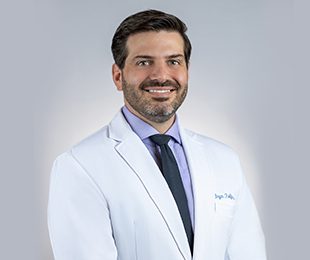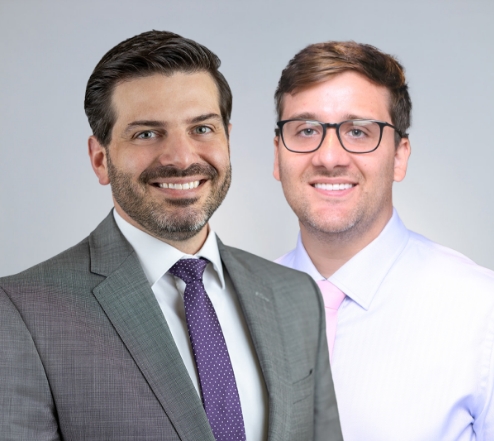The Fat that Wouldn’t Leave
July 16, 2012
We all have fat, no matter our weight. Our bodies need it for protection from the cold, to protect our organs and store vital nutrients and sugars our body may need in time of duress. Diet and exercise can help you reduce your body mass index (BMI) and give you the fit look you desire.
If you have problem areas that don’t go away with diet and exercise, you might consider liposuction to target those areas. Common areas of excess fatty tissue for women include thighs, calves, inner knees, upper arms, back and tummy. Men struggle with excess fatty tissue on their chest (male breasts), abdomen and hip rolls (love handles).
So what about the myth that fat removed from the body will replace itself to maintain your body’s ‘internal code’ for fat? This is not a myth. There is truth to this, especially in developed countries where we are accustomed to having plenty to eat, in other words, we have more feasting and no famines. Luckily, however, the fat that is removed during liposuction is permanently removed – as long as you don’t gain the weight back that was physically removed with liposuction. If you continue to eat more calories than you burn off – then your body will deposit fat excess in new fat stores in different areas and redistribute this fat throughout the body. Liposuction is a good choice for patients who have stubborn areas of fat that are resistant to diet and exercise.
Liposuction patients are sometimes the happiest group of patients because this procedure can provides a dramatic and lasting result. The key to continued success is a healthy and sustained diet and exercise routine. Liposuction gives many the freedom to wear clothing more comfortably and purchase more options ‘off-the-rack’ when shopping. You can see before and after photos of actual liposuction patients of Omni Cosmetic in our gallery.





